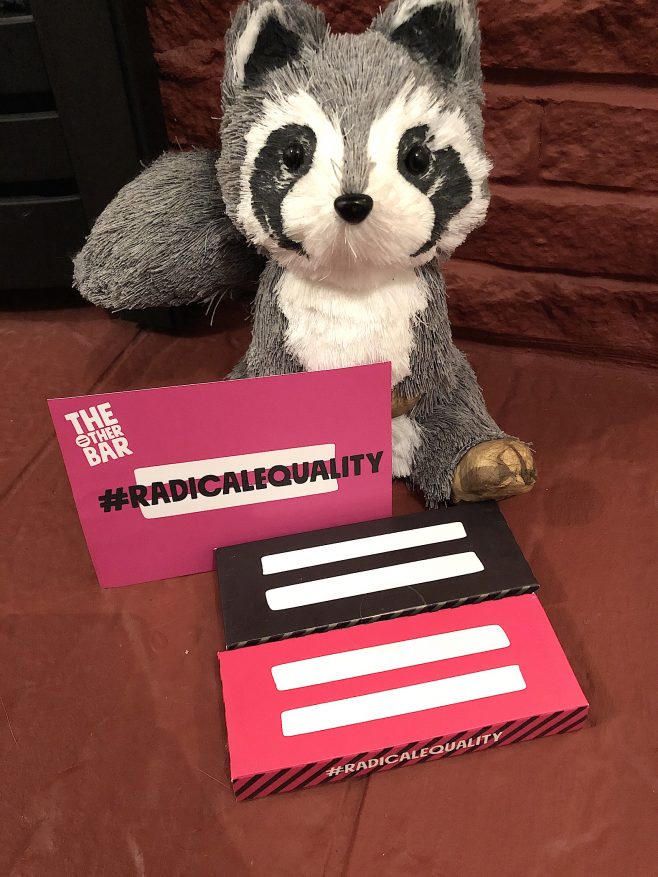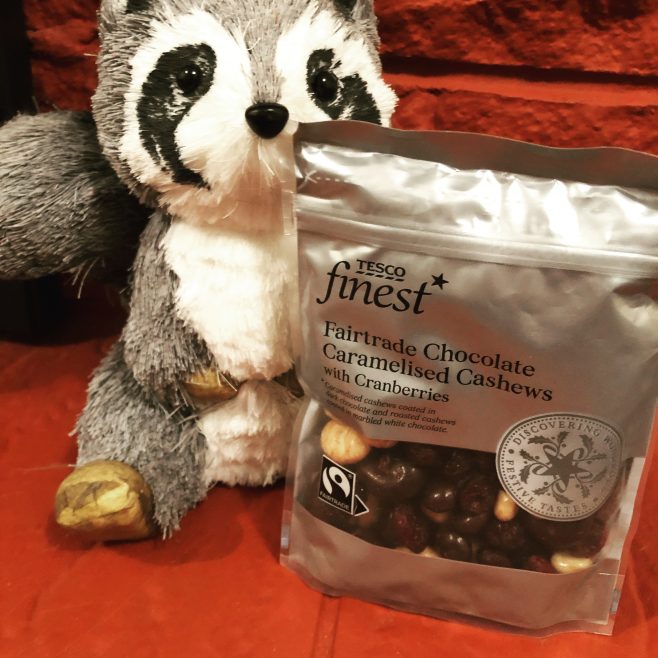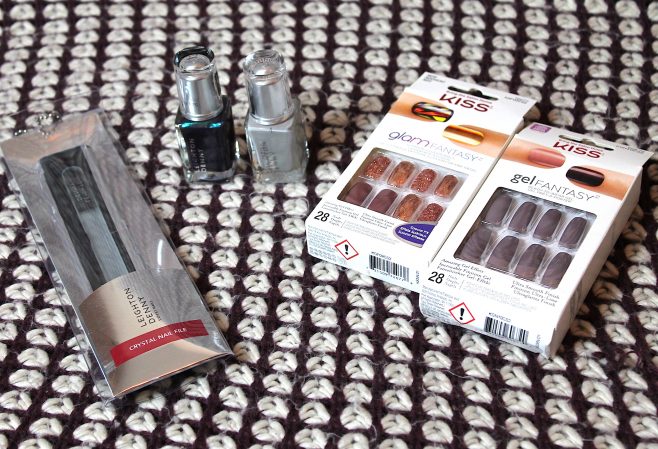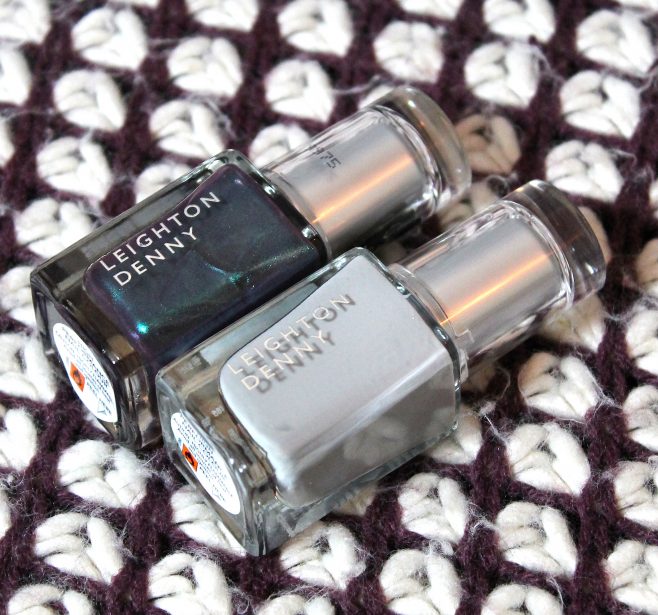Have you ever considered a career in the fashion industry? Perhaps you have something specific in mind – models and designers are both extremely popular roles, but the competitive nature of the industry means that you’ll need to work hard to get your foot in the door. The fashion industry offers a wide variety of different roles and it’s worth taking a look at some of the different career choices that you might not have initially considered.

- Fashion Journalist
Fashion journalists are similar to news journalists, but they specialise in reporting and writing about the latest fashion trends and accessories. A fashion journalist is no longer limited to securing a job for a print publication — with a range of online magazines out there, there are more opportunities available. You could also go freelance, but work isn’t guaranteed here. As part of the job, you’ll likely be required to travel and meet new people to conduct interviews and get the latest on fashion stories.
If you have a love for all things creative, strong written skills and a love of fashion, then this could be the career choice for you. Choosing A-levels such as English Language will further your creative writing skills, for example. There are specialty degrees out there too, such as the Fashion Communications course which will teach you more about the sector and increase your employability.
You should also start a writing portfolio or blog so that prospective employers can see your work. Start your own fashion blog to write about the latest news in the sector and approach editors for freelance opportunities. Networking is also a great way to get to know about future vacancies. Try to secure unpaid work in relevant positions to build your experience too.
2.Garment technologist
You might not have heard of a garment technologist, yet they are extremely valuable in the world of fashion. This role is largely about quality control and investigative work with regards to the materials that are used to create fashion pieces. The main role of these individuals is to work on design and development of new materials. Through testing new combinations of materials and fibres, people in this role look to find the best type of fabric for what’s to be made. These people work closely with designers, pattern graders and buying teams to find the right type of fabric for what’s to be made.
This role also involves looking at how to improve production techniques. This might be to do with price and would involve liaising with buyers and suppliers to negotiate a cost that’s within the budget of the project. Or, they might be looking to make the company more sustainable, and therefore the technologist would investigate the production of the fabrics.
Employers may also expect you to have a degree in a related topic, such as garment technology and production, or you may complete a module around this as part of a wider subject. Or, look out for apprenticeship schemes and junior roles, where you can work your way up to this role.
3. Creator/Illustrator
Creators and illustrators are responsible for drawing the diagrams that represent the clothing to others. They work closely with designers to create conceptual sketches and illustrations of fashion products. In addition to this, they may produce advertising copy and images for promotional material for print and online coverage. To succeed in this role, you need to be able to use computer design, as well as drawing by hand and have an eye for fashion.
Most illustrators pursue a graphic design or arts related degree before moving into fashion. To get accepted onto a degree of this kind, you will need GCSEs and potentially A levels, or entry based on passing a foundation course. Alternatively, you can build up a strong portfolio and gain experience in relevant positions to impress prospective employees.
4. Pattern grader
Pattern grading is another lesser known role within the industry. They focus on producing scaled-up and scaled-down versions of design patterns, which enables the manufacturers to produce the same patterned piece of clothing in different sizes. Some of the main tasks of a pattern grader include; tracing the outline of a pattern with scanning equipment, quality checking to ensure that the final pattern is in-line with the original design and creating sample garments from the pattern to send to prospective buyers.
You should have strong skills in mathematics if you want to pursue this career path, as well as an interest in textiles. You must be able to take accurate measurements and make calculations in order to scale the patterns correctly. It’s also important that you enjoy being part of a team, so to cooperate with others in the design process, and be able to confidently use IT to work with a digitising table.
This role doesn’t actually require a degree. Instead, you could take the apprenticeship route through college by studying subjects such as fashion or textiles. Or, work your way up from an assistant or pattern cutter to become a grader in a fashion company. From designing eye-catching patterns for men’s formal shirts to creating quirky patterns for umbrellas, your work is guaranteed to be an ideal creative outlet!
5. Fashion Accountant
If you’re great with numbers and have a flair for fashion, why not combine the two by working as a fashion accountant? There are a range of finance roles available in the fashion sector — from retail accountants to accountants in textiles who ensure that a budget is adhered to when buying materials. Roles like this allow you to be involved with designers and the garment-making process, whilst keeping finances under control.
It goes without saying that you need to be skilled at maths to excel in this role. Start by taking Maths at A-level and progress to studying a financial role at university. This might be Economics, Accounting or another form of Financial Studies. As part of your degree, take up the opportunity to undergo a year in industry — this can give you an insight into the field that you’re going into and give you some invaluable experience to put on your CV.
The fashion industry offers many opportunities that you might not have considered. The competitive nature of the sector means that you have to put yourself out there and show employers that you’re willing to go the extra mile – so what are you waiting for?









